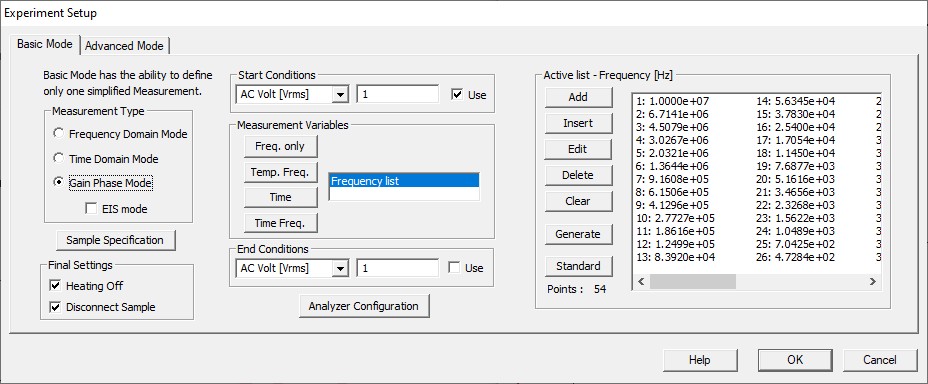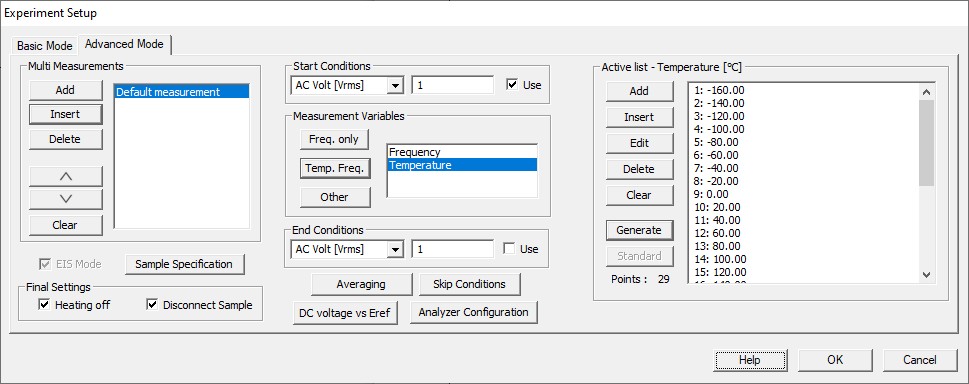DETACHEM Gain-Phase Mode
Gain Phase or Frequency Response Measurements
In impedance mode used for dielectric, conductivity and electrochemical impedance spectroscopy the analyzer measures the response voltage and current of a material sample to an applied sine wave signal.
In gain phase mode, a second voltage is measured instead of the current. This allows to measure two response voltages to an applied sine wave driver signal at two arbitrary points of a system under test. The two voltages are measured with the analyzer frequency response analyzer channels CH1 and CH2. The applied sine wave is created by the analyzer sine wave generator.
Gain phase measurements are supported by the Alpha-A, Alpha and Beta analyzer series.
A typical application would be to e. g. measure the transfer function of an amplifier or transformer. In this case, the analyzer generator output and input CH1 have to be connected to the amplifier input and CH2 to the amplifier output. The amplifier complex transfer function defined by Vout*/Vin* is determined by measuring the voltages at CH2 and CH1.
It should be noted, that in gain phase mode the analyzer can be operated like a digital lock-in amplifier with two input channels. The main function of a lock-in amplifier is to apply a signal with a defined frequency to a system under test and to measure a response signal. As a further lock-in amplifier feature, only the frequency component of the applied generator signal is detected in the response signal. As usually most of the response signals noise and DC errors are at other frequencies, those will therefore be suppressed. The Alpha-A, Alpha and Beta analyzers uses the same principle, but have an additional second voltage channel, wider bandwidth and better accuracy as lock-in amplifiers.
Gain phase measurements are therefore not specially related to dielectric, conductivity and impedance spectroscopy but may be of general interest if
- a very small or noisy signal has to be measured with high precision;
- the response of any kind of system to an applied signal in the frequency domain has to be measured.
Experimental Setup: Basic Mode
The basic mode of DETACHEM allows quick and easy configuration of standard spectroscopy experiments, i. e., those that use frequency or frequency and temperature as free parameters.
Experimental Setup: Advanced Mode

Supported Analyzers
Gain phase measurements are supported by the Alpha-A, Alpha and Beta analyzer series.
